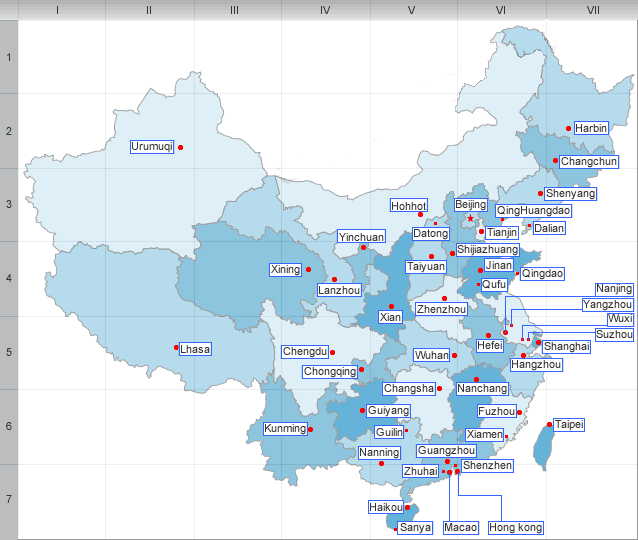History of Liaoning
History
The Qin and Han dynasties were able to establish rule over much of what is Liaoning; later on governments headed by various peoples such as the Gojoseon, Xianbei, Goguryeo, Khitan and Jurchen ruled Liaoning. In the seventeenth century, the Manchus established their capital in modern Shenyang, Liaoning, before they conquered the rest of China and set up the Qing Dynasty in 1644. In the last half of the seventeenth century the imperial government recruited migrants from Shandong to settle the relatively sparsely populated area. Many of the current residents of Liaoning trace their ancestry to these seventeenth century settlers. For the rest of the Manchu era, China’s Northeast was off-limits to Han Chinese, and was ruled by three generals, one of whom, the General of Shengjing, ruled much of modern Liaoning.
In 1860, the Manchu government began to reopen the region to migration, which quickly resulted in Han Chinese becoming the dominant ethnic group in the region. In the twentieth century, the province of Fengtian was set up in what is Liaoning today. When Japan and Russia fought the Russo-Japanese War in 1904-1905, many key battles took place in Liaoning. In 1931, Japan invaded and the area came under the rule of the Japanese-controlled puppet state of Manchukuo.
At the founding of the People’s Republic of China in 1949, Liaoning did not exist; instead there were two provinces, Liaodong and Liaoxi, as well as five municipalities, Shenyang, Luda, Anshan, Fushun, and Benxi. These were all merged together into "Liaoning" in 1954, and parts of former Rehe province were merged into Liaoning in 1955.
| PREV:Administrative divisions of Liaoning | Next:Geography and climate and Ethnic group of |



